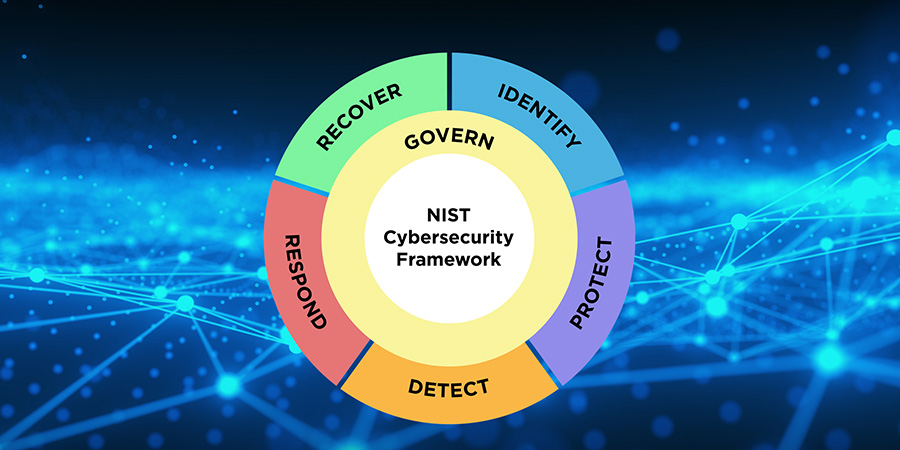The acceleration of API adoption has created new security challenges for organizations, as they struggle to manage and monitor their growing libraries of APIs. This rapid growth is driven by the need for improved interoperability, scalability, and automation across diverse IT systems. While APIs are becoming critical components of digital transformation strategies, their misuse poses significant security risks, making visibility into API usage a top priority for cybersecurity leadership.
The rise in API usage can be attributed to several factors. They provide a more efficient and streamlined way to share data across platforms and systems, and enable automation of tasks that were previously manual. Furthermore, as digital ecosystems expand and become more complex, APIs have become necessary tools for connecting and integrating various software applications. 
Repercussions of API Misuse
However, this boom in API use has also brought about a rise in misuse and vulnerabilities. APIs are potentially an open door to sensitive data and can be exploited to launch an attack if not properly secured. Instances of such misuse include excessive data exposure, broken object level authorization, and security misconfigurations. These risks are amplified when APIs are externally sourced, where control over their development and ongoing security is not directly within the hands of your organization.
Recent news-making examples, such as the T-Mobile and Facebook data breaches where APIs were exploited to gain access to user data, illustrate the severe implications of API misuse. It is more common than you think. I worked with a newly onboarded client that wanted to prevent this from happening again. This included user email addresses and phone numbers. A user, exploiting this misconfiguration, was able to collect personal data from thousands of users. Cybersecurity leadership, therefore, must have clear visibility into their APIs to identify and mitigate these risks.
 However, maintaining this visibility isn’t always easy. The challenges stem from the volume, diversity, and dynamic nature of APIs. As a result, traditional security measures often fall short when it comes to addressing API-specific threats.
However, maintaining this visibility isn’t always easy. The challenges stem from the volume, diversity, and dynamic nature of APIs. As a result, traditional security measures often fall short when it comes to addressing API-specific threats.
If these problems remain unaddressed, organizations could face unauthorized data access, disruption of services, and even significant damage to their reputation. The potential implications of this lack of visibility highlight the urgent need for a robust API security strategy.
Reign in Your APIs
To gain better control over your APIs, here are a few steps to consider:
- API Inventory: Develop a comprehensive inventory of all APIs used within your organization, both internally created and externally sourced. This includes an understanding of their purpose, the data they access, and their security measures.
- Continuous Monitoring: Implement a system for continuous monitoring of APIs. This includes detecting anomalies in API usage, identifying patterns of misuse, and tracking security incidents related to APIs.
- Security Policies: Develop and enforce strict security policies for API usage. This includes minimum standards for encryption, authentication, and data exposure.
- Regular Audits: Conduct regular audits of API usage. Audits should identify any discrepancies or deviations from your security policies and recommend corrective actions.
- API Security Training: Provide training for developers and users on API security best practices.
In addition to these steps, consider working with a cybersecurity partner who specializes in API security. They can provide further expertise, tools, and resources to strengthen your defense against API-related risks.
By gaining visibility and control over your APIs, you can protect your organization from potential threats and secure your path towards digital transformation.



